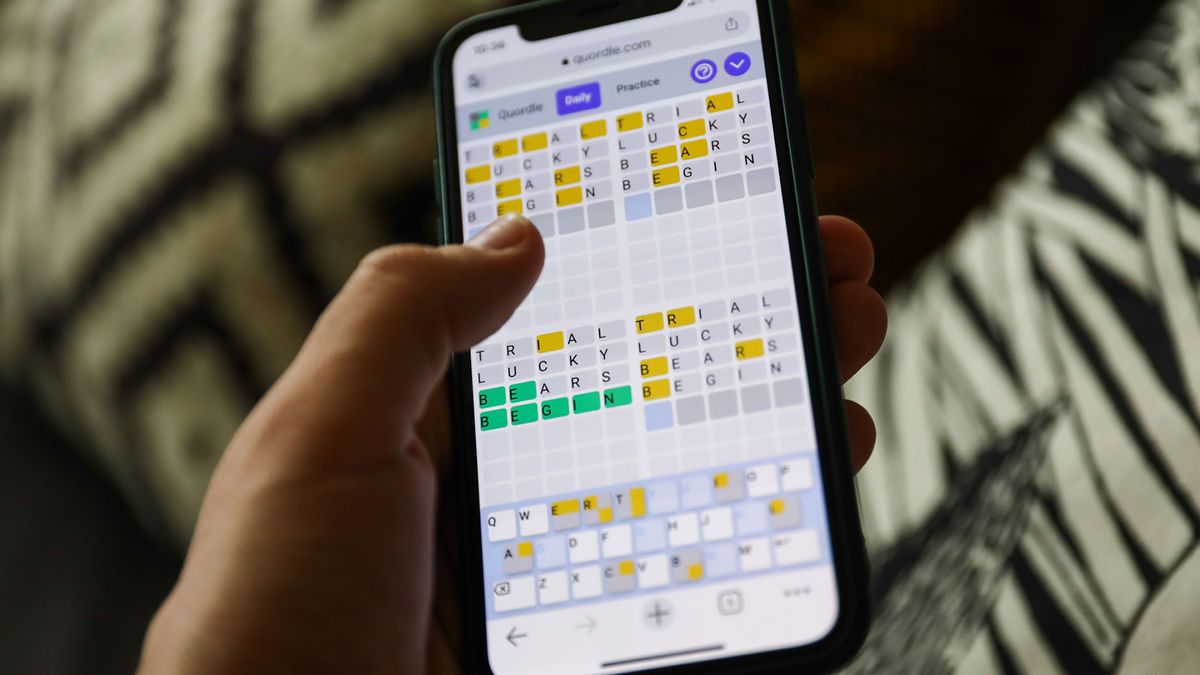Allowing spectrum prices to adjust could unlock up to US $ 45 billion of economic growth by 2035
10 September 2025, Dhaka: The GSMA launched today The impact of the spectrum price on BangladeshAn exhaustive analysis that links the prices of the country's spectrum and the fiscal load with the slowest network investment and lagging internet speeds. The report establishes reforms to spectrum prices, license and taxes to the sector that would help Bangladesh to make their ambition to become a digital economy of billion dollars.
The findings were launched in Dhaka in the presence of Mr. Faiz Ahmad Taiyeb, special assistant of the honorable boss advisor, Mptit; Mr. Abdun Naser Khan, secretary (PTD division); Maj Gen MD EMDAD UL BARI, President of the BTRC; Md. Jahirul Islam, additional secretary (Telecom), PTD; Mr. Mahmud Hossain, Commissioner (Spectrum), Btrc and Mr. Julian Gorman, Chief of Asia Pacific, GSMA.
Although two operators have recently launched 5G services, the broader national implementation remains limited by the high spectrum costs and regulatory loads, which limits the scale and scope of 5g. Therefore, the report models future implementation scenarios and economic impact, instead of focusing only on initial launches.
Bangladesh has made important advances to expand mobile coverage: 4G networks now reach 99% of the population and data are among the most affordable in Pacific Asia. However, only 46% of citizens use mobile internet. In addition, average connection traffic is only 5 GB per month, well below regional peers. As users in Bangladesh change to 4G and 5G smart phones, networks must be able to keep up with the growing demand for mobile connectivity.
Today, investment in networks is hindered by extremely high regulatory costs. Spectrum rates represent about 16%of recurring revenues of operators, higher than medium-pacific (10%) and global (8%). When income collectors are added, universal service contributions, specific taxes in the sector and consumers, total tax burden increases to 55% unprecedented from operator market revenues.
The spectrum cost must be adjusted to reflect the changing economic foundations of the spectrum value in Bangladesh, where each Spectrum MHZ supports 69% less of the operators' income compared to a decade ago. Keeping current and historical prices for the next spectrum renovations in 2026 and the new versions of the band would increase the cost of the spectrum to 21% of the revenues of the operators by 2035. In such high levels of spectrum cost, the investment in networks would be limited, risking slower speeds and a delayed adoption of 5g. However, it is likely that such a high level of spectrum costs operators to return parts of their spectrum and renounce new bands, which leads to similar harmful effects in the quality of the network.
To illustrate the opportunity offered by the next renovations and new band allocations, the study uses the economic modeling to compare three scenarios: the status quo aligned with the past prices where the cost of the spectrum reaches 21% of the revenues of the operators, a 50% reduction in spectrum prices that align the total spectrum cost of the spectrum to the median APAC and a median median of the median of the global unit. Each produces very different results in terms of network quality and economic benefits of better connectivity.
Align the cost of the spectrum with the median of Asia and the Pacific would improve the viability of investment in infrastructure implementation, raising the average discharge speeds by 17%, while accelerating the deployment of 5G throughout the country to 99% of citizens by 2035. The resulting earnings would add an estimate of US $ 34 billion to GDP between 2025 and 2035.
Align the cost of the spectrum with the global median, approximately a 75% reduction in prices, would have an even greater impact. The study predicts that 4G speeds could rise by 22% and Bangladesh could capture an additional economic value of US $ 45 billion during the same period. The resulting benefits reach beyond what GDP can measure, generating jobs and improved well -being throughout society.
It is important to highlight that the reduction in spectrum prices does not need to translate directly into the lowest government receipts and the detriment of public finances. Improved connectivity and greater economic activity could compensate for the loss of direct income of spectrum rates, an important indirect effect that political leaders should consider. The spectrum price should be used to guarantee efficient allocation instead of maximizing government income, since public finances can be promoted more efficiently using other more economically efficient tax forms.
Julian Gorman, Chief of Asia Pacific, GSMAcommented: “Mobile connectivity is the oxygen of the Bangladesh digital ambition. However, the operators here face one of the highest loads worldwide of specific spectrum taxes and the sector. The affordable and predictable prices and the terms of the modernized license are essential to expand the affordable coverage and enhance the economic vision of the billion dollars. We are ready to work with the government and the couples of the industry to guarantee A spectrum policy instead of a catalyst growth instead of a restriction restriction of restriction. “
The GSMA is ready to work in close collaboration with the Government and the interested parties of the industry to ensure that spectrum policy becomes a catalyst for inclusive growth, supporting Bangladesh's digital ambitions and its trip to become a high -income country for 2031.
Policy recommendations
The study proposes four priority actions:
- Reset spectrum prices -Anch the reservation and renewal rates to the foundations of the current market and exempt them from VAT.
- Prioritize timely prizes of 700 MHz and 3.5 GHz -Segurate that sufficient low and medium band spectrum is available to meet the demand for growing data and rural coverage objectives.
- Fold taxes and rates -Remplants the taxes of sharing income and the high duties of devices with broad base taxes that encourage the adoption of smartphones.
- Guarantee long -term licenses -Eleths the durations and allow flexible quotas called in BDT to reduce the risk of currencies.
The full report is available to download here.
-Ess-
About the GSMA
GSMA is a global organization that unifies the mobile ecosystem to discover, develop and offer fundamental innovation to positive business environments and social change. Our vision is to unlock all the power of connectivity so that people, industry and society prosper. Representing mobile operators and organizations throughout the mobile ecosystem and adjacent industries, the GSMA offers its members in three broad pillars: connectivity for good, services and solutions of the industry, and scope. This activity includes progress policy; address today's greatest social challenges; Supporting the technology and interoperability that make the mobile work; and provide the largest platform in the world to call the mobile ecosystem in the MWC and M360 event series.
Media contact
GSMA Press Office
[email protected]







